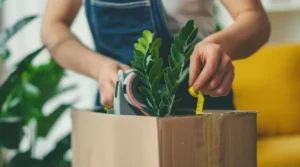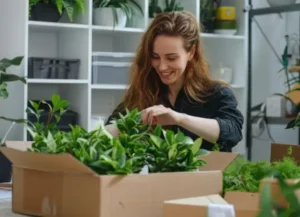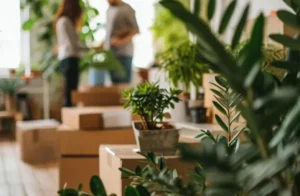Checklist for Moving with Indoor Plants

Indoor plants bring warmth and life into a home, and when it’s time to move, many homeowners want their leafy companions to come along. However, plants are fragile and sensitive to temperature, light, and motion. To help you prepare, Lubbock Movers has created a simple and effective checklist for moving with indoor plants safely and successfully.

1. Learn the Rules Before You Move
If you’re moving to another state or country, research transportation regulations. Some regions restrict certain plant species or require inspections to prevent pests or diseases. Check these details early to avoid last-minute surprises.
2. Inspect and Prepare Your Plants
A few weeks before the move, check all plants for pests and treat them if needed. Trim dead leaves and excess branches to make them easier to handle. Water the plants two days before moving day—damp soil is best, but it shouldn’t be dripping wet.
3. Choose the Right Containers
Replace heavy ceramic pots with lightweight plastic containers before the move. Wrap pots in newspaper or bubble wrap to prevent breakage, and secure taller plants with soft ties or stakes to keep them stable during transport.
4. Protect Plants During Packing
Place each potted plant in an open box lined with paper or cloth for cushioning. If transporting during cold or very hot weather, create ventilation holes and cover the top of the box loosely to protect your plants from temperature shifts.
5. Keep Plants in Your Care, Not the Truck
Whenever possible, transport your plants in your own vehicle instead of the moving truck. This way, you can control temperature and airflow and keep them upright and safe from heavy items around them.
6. Unpack Quickly at Your New Home
Once you arrive, bring your plants inside as soon as possible. Remove protective coverings, place them in a shaded spot, and give them a small drink of water. Avoid direct sunlight on the first day to let them recover from the move.
7. Monitor and Adjust
It may take several days or weeks for your plants to adapt to their new environment. Watch for signs of stress like drooping or yellowing leaves, and adjust their position for proper light and humidity. A little care will help them bounce back beautifully.









